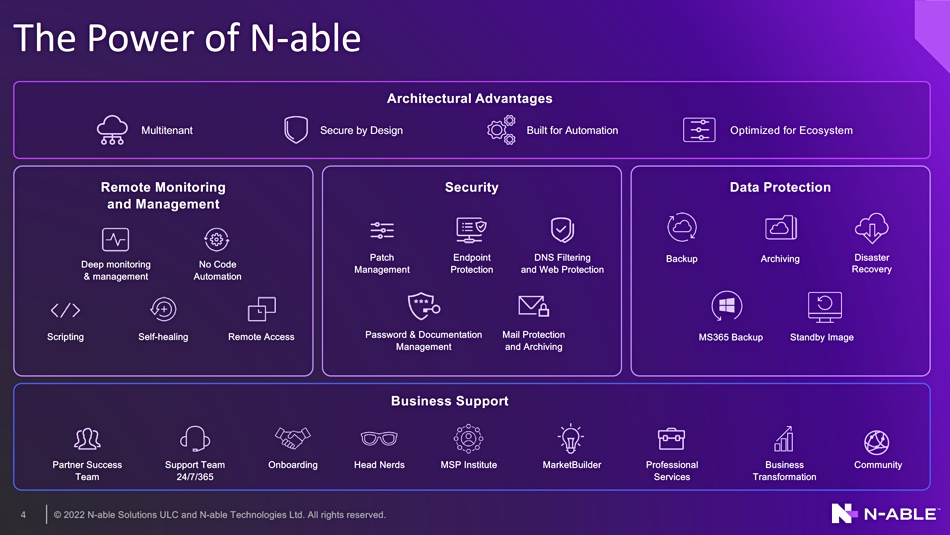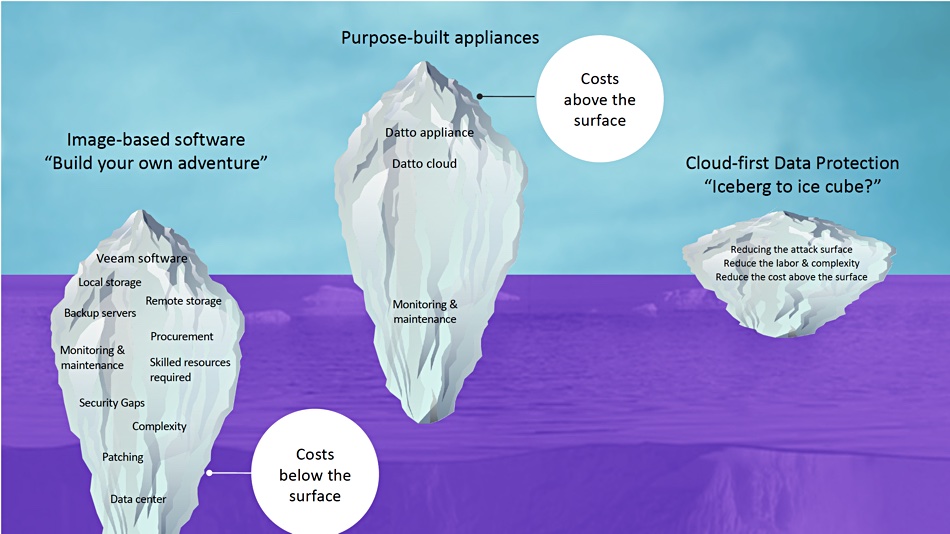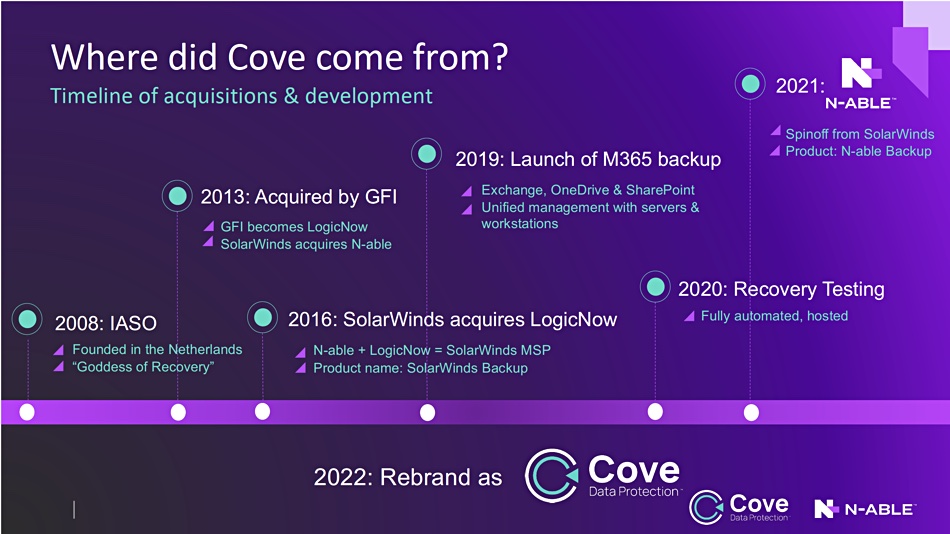N-able revealed details of its Cove SaaS backup offering at an IT Press Tour briefing, saying it competes with Veeam and Datto and offers equivalent services through its MSP partners.
The company is a Solarwinds spinout, with more than 12,700 MSP partners signed up and 1,400 employees. It has three product pillars: remote monitoring and maintenance (RMM), security and data protection, where the Cove product exists.

N-able takes in 80 percent of its revenues from RMM and 20 percent from Cove. Approximate annual revenues for its last fiscal year were $360 million, meaning, we calculate, backup brought in about $72 million.
Chris Groot, GM of N-able’s data protection business, said Cove is offered through MSPs to their small and medium enterprise customers and also to mid-market in-house IT shops. Cove backs up physical and virtual machines, Windows, Mac and Linux systems, workstations and Microsoft 365. It recommends backing up from within a hypervisor guest to reduce the amount of data backed up. There is a small agent in each source system, such as a virtual machine guest OS.
The agents backup changed blocks only, not whole changed files. Groot said: “We reject stuff you don’t need to restore. There is real-time tracking of changes. We ignore changed folders and only back up changed blocks within a file.”
He cited an example of a 500GB VM with image-level backup needing to backup 30GB of incrementally changed file-level data whereas Cove only needs to backup up 0.5GB of changed blocks. That difference increases with, say, 60 days of retention; 1,800GB vs 30GB. With Cove less data needs to be sent to the cloud, its backup target, and so the backup window is shortened. Also less data needs to be stored in the cloud, lowering the storage cost.
Cove’s cloud
The backups are stored in Cove’s cloud, which has 30 datacenters worldwide, and with a local storage option – Speed Vault – for faster restores. Groot wouldn’t reveal any details of Cove’s datacenters, which we understand to be rented facilities in co-location centers.
Cove’s cloud currently stores around 150PB of data.
Cove can create a standby image, a bootable image alongside encrypted, non-bootable format. This bootable image makes recovery time shorter. Restore has a built-in integrated recovery testing option.
Groot talked about recovery to a local Hyper-V server or to shared local NAS storage, and “the next target will be Azure (2H 2022) with a bootable image into a customer’s tenant in Azure.” Teams support is coming next year.
What about Nutanix? “We can back up VMs in Nutanix; we operate in the guest, but we can’t restore to Nutanix. It’s 90 percent Windows in our space, 10 percent Linux. We don’t see Nutanix in our environment.”
And containers? “We don’t backup Kubernetes. There’s no demand yet.”
Cove competes with Veeam, Datto, Commvault’s Metallic offering and others.

Bootnote
The Cove backup offering has a convoluted history. It was originally developed in the Netherlands as IASO in 2004, Iaso being the Greek goddess of recuperation from illness. GFI Software bought IASO in 2013 and put it into a LOGICNow business unit in 2014. Solarwinds had bought N-able in 2013. It then bought LOGICNow in 2016, put that in the N-able stable, and offloaded it into the N-able spinout in 2021.

N-able realized that IASO had little brand recognition and a name change was needed. The rebrand to Cove took place earlier this year.








